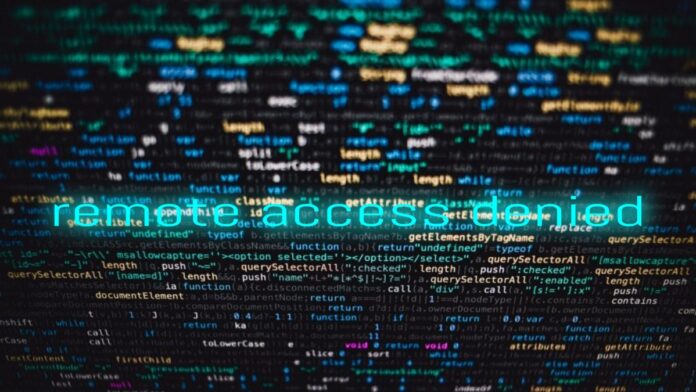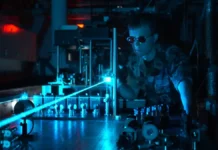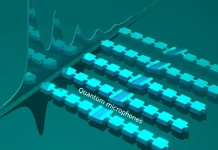Remote Access Trojan(RAT), sometimes known as creepware, is a form of malware that takes control of a machine over a remote network connection. A RAT is often installed without the victim’s knowledge, frequently as the payload of a Trojan horse, which attempts to hide its work from the victim and his computer security system and antivirus software. While there are many fair applications and use of remote access, such as desktop sharing and remote administration, the term “RAT” indicates illicit or malicious activities. Here in this article, we have discussed the harmful type of remote access feature.
Contents
What are Remote Access Trojans, and How do they affect any Machine?
A Remote Access Trojan(RAT), sometimes known as creepware, is a form of malware that takes control of a machine over a remote network connection. A RAT is often installed without the victim’s knowledge, frequently as the payload of a Trojan horse, and will attempt to mask its function from both the victim and computer security and antivirus software. There are many fair applications and use of remote access, such as desktop sharing and remote administration; thus, the term which indicates illicit or malicious activities is known as “RAT.”
Remote Access Trojan is one of the most potent Trojans commonly utilized by attackers or hackers. This is typically used for malicious reasons. These Trojan guarantees that data is gathered sneakily by remaining unnoticed. These Trojans may now execute a variety of activities that harm the victim. Remote Access Trojans can appear to be legitimate software, and the RAT can also be downloaded. It gives the attacker access to the targeted device.
Remote desktop software, the fair use of Remote Access
Remote access may also be defined as controlling a computer from another device linked to the internet or another network. Many computer makers and major company help desks utilize this for technical debugging of their customers’ problems.
The fair use of Remote Access is Remote desktop software that collects and transfers mouse and keyboard inputs from the local computer (client) to the remote computer (server). The display commands are then sent to the local computer by the distant computer. When controlling applications with multiple visuals, such as video or 3D models, a remote workstation program that transfers pixels rather than display commands must be employed to give a seamless, like-local experience.
A standard client/server approach is used for remote desktop sharing. The client, or VNC viewer, is installed on a local computer and connects to a server component, which is installed on a distant computer through a network. All keystrokes and mouse actions in a regular VNC connection are logged as if the client were executing operations on the end-user system.
Remote desktops can significantly benefit security development; firms may allow software developers who are geographically scattered to function and develop from a computer located within the company’s office or cloud environment. The target machine may still access all of its main functionalities in a remote desktop situation. Many of these essential tasks, such as the primary clipboard, can be shared by the target computer and remote desktop client.
History of Hardware Trojans
The complete history of Remote Access Trojans is unknown, but the popularity of this Remote Access Trojan grew in the 2000s. People at the time didn’t understand how this virus spread on the internet or what antivirus was, and these programs have been used for years to assist attackers in gaining access to a victim’s computer. Some varieties of Remote Access Trojans were identified as suspects, and some risk was that it might be utilized without any awareness. The SubSeven, Back Orifice, and Poison-Ivy apps are well-known and well-established Remote Access Trojans. These programs were developed in the mid-to-late 1990s and are still used today. Sub seven, for example, provided an interface through which an attacker could easily acquire passwords and other information. The tool’s creation enabled the attacker to benefit from the information they had gathered.
Following the successful implementation of such applications, a slew of other applications was developed during the next few decades. Malware authors are constantly upgrading their products to avoid the latest detection systems as security organizations become aware of the tactics used by Remote Access Trojans.
Infection methods that are commonly used.
Infection methods commonly used in Remote Access Trojans are comparable to other malware infection vectors in that they can be installed in various ways or approaches. For example, to install the software, specially prepared email attachments, web links, download packages, or torrent files could be utilized. Additionally, targeted attacks by a motivated attacker may use social engineering tactics or even temporary physical access to the target machine to trick them into downloading such software.
Types of Hardware Trojans
There are a lot of Remote Access Trojans out there. Some of these are better known than others. SubSeven, Back Orifice, ProRat, Turkojan, and Poison-Ivy are well-known programs. CyberGate, DarkComet, Optix, Shark, and VorteX Rat have a smaller distribution and usage. This is only a partial list of known Remote Access Trojans; a complete list would be lengthy and constantly developing.
How to stay on the safe side
Remote Access Trojans are stealthy by nature and may use a randomized filename/path structure to avoid detection. Installing and running Malwarebytes, Anti-Malware, and Anti-Exploit will help mitigate any potential infection by removing associated files and registry modifications and preventing the initial infection vector from compromising the system.
Other than this, in any case, never click on email or website links from unknown and unsafe sources, and do not install software at the behest of unknown parties. Using a reputable antivirus and anti-malware solution will help ensure that Remote Access Trojans cannot function properly and will aid in mitigating any data collection. Lock public computers when not in use, and be cautious of emails or phone calls requesting the installation of any application.
Conclusion
Remote Access Trojans can collect massive amounts of data from users of infected machines. If Remote Access Trojan programs are discovered on a system, it is safe to assume that any personal information (accessed on the infected device) has been compromised. Therefore, users should immediately update all usernames and passwords from a clean computer and notify the system administrator of the potential compromise. In addition, keep a close eye on your computer files, task manager, and computer registry files, and regularly keep track of credit reports and bank statements for any suspicious activity on your financial accounts.
Sources
- “Creepware — Who’s Watching You?”. Symantec Security Response. December 10, 2013.
- “Remote Server Administration Tools for Windows 7”. Microsoft TechNet. Microsoft. June 4, 2009.
- “Danger: Remote Access Trojans.” Microsoft TechNet. September 2002.
- “Understanding the Windows NT Remote Access Service.” Microsoft TechNet. Microsoft.
- “Computer RATS – Protecting Your Self.” HowTheyHack. July 2013. Archived from the original on March 14, 2016.
- “Netsh commands for remote access (ras).” Microsoft TechNet. Microsoft. January 21, 2005.
- “RAS Registry Modification Allowed Without Administrative Rights.” Microsoft TechNet. Microsoft.
FACT CHECK: We strive for accuracy and fairness. But if you see something that doesn’t look right, please Contact us.
DISCLOSURE: This Article may contain affiliate links and Sponsored ads, to know more please read our Privacy Policy.
Stay Updated: Follow our WhatsApp Channel and Telegram Channel.












